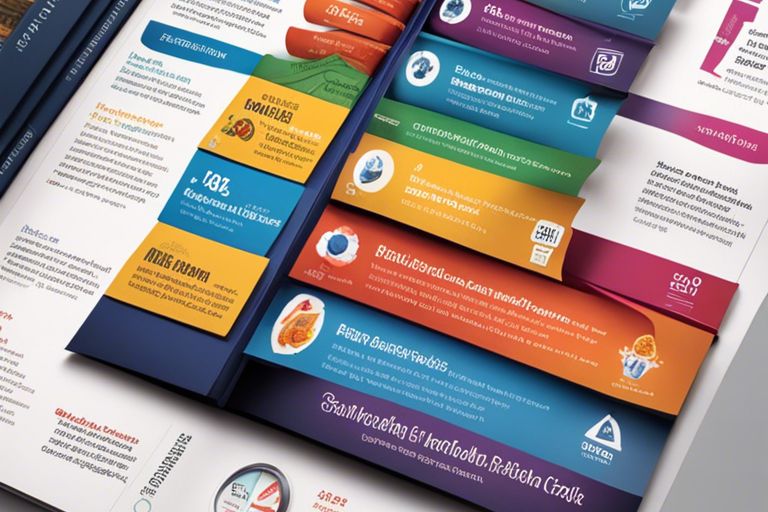What is Social Media Marketing Used for

Advertising in the digital age has evolved significantly, with social media platforms becoming powerful tools for businesses to reach and engage with their target audience. Social media marketing involves the use of various platforms such as Facebook, Instagram, Twitter, and…
![]()




